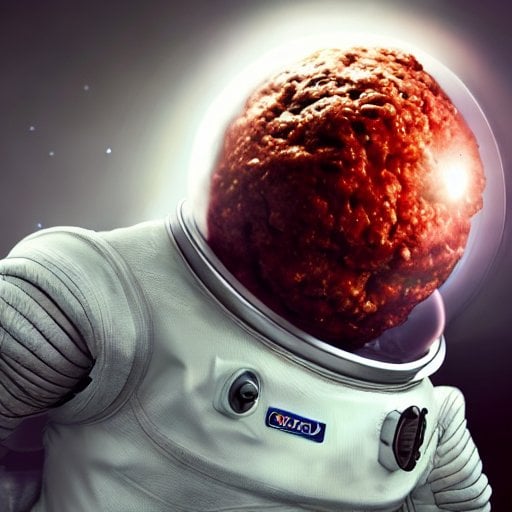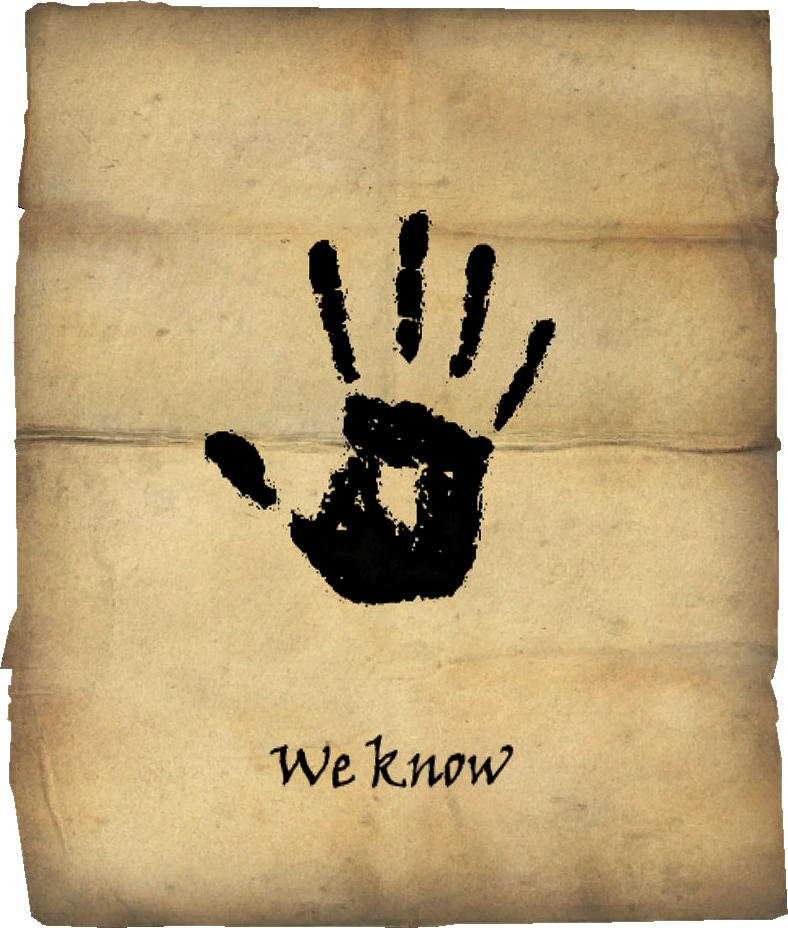Making this comment because I’m seeing some of these issues crop up in the comments, and in comments from different instances that can’t see each other, so rather than reply individually, I’ll just make a separate standalone comment.
It bugs me a little whenever people talk about how old a species is. There are different levels to how wrong it is possible to be about this. The worst level is where people think that it’s the individuals that are somehow ancient. No. The individuals from those times are as long gone as all the other individuals from that time. Most people don’t think that, but it happens. Another level is a bit less wrong, but still is. That the species itself is ancient because it somehow avoided evolution. Nah, it’s just retained a lot of characteristics. Theses species still underwent evolution, it’s literally unavoidable. It’s just that the way they adapted to an ancient environment still works as adaptation to the current (and intervening) environments. They haven’t gone through as many drastic visible changes because the way their ancestors lived still works for their modern iterations.
So it is definitely fair to say a species is old, but it’s important to realize that that doesn’t mean it’s literally old in that it hasn’t evolved. If they are impressed by species that haven’t gone through a lot of apparent changes over the eons, they should check out stromatolites.
Sound off, king. You got good points. :)
Made me wonder: how likely would it be that a modern ginkgo could not reproduce with an ancient one?
“Living fossils”, still reproducing and subject to evolution, but it’s interesting that they still look like the fossils we find of them.
I don’t know how many are actually afflicted with the misunderstanding that these living fossils are individually as old as the fossils we find of their ancestors, but I think “they basically haven’t changed” and “even through the pressures of evolution which they are definitely not exempt from, they have retained most of their features because they still work” are close enough for a layman.
There’s a kind of half truth to that, in that a trait already developed is unlikely to simply disappear. Even if it becomes vestigial, it will probably stick around until something forces it out.
Thus we get whale and snake hips, ecidna eggs, human ear muscles, and so on. All can tell us of the conditions in the past, and it would usually be more difficult to remove them entirely as opposed to simply not getting very big.
Reminds me of the “nature always evolves into crabs” or some such meme where there’s a few examples of convergent evolution of the general crab form.
Oh yeah there’s an entire article on it ofc https://en.m.wikipedia.org/wiki/Carcinisation
So, you’re telling me my plan to measure atmospheric oxygen isotope trends over geologic time by grinding up sharks is bust?
say that to Pando’s face not online see what happens
Thanks! I legit never thought about it that way having spent all my time in the bit less wrong camp till now.
So ginkgo’s that do fruit. The fruit smells like dead fish, vomit, or rancid butter. They smell HORRIBLE and apparently that was a very attractive scent to the prehistoric animals and insects that did eat them. Yum yum.
Luckily most Ginkgo’s sold for landscaping these days are unable to produce fruit.
I have had the displeasure of smelling ginkgo fruit, because fun fact #2, a lot of cities decided years back they were very cheap and urban friendly to plant the OG ginkgo’s during city planning, but were unaware of the horror they would reek once they matured. Ginkgo’s grow very slowly. So something like 30+ years later, city planners realized their horrible mistakes and had to chop a lot down once they started dropping fruit. Still everyone in these cities would suffer a few years of the city smelling like a sewage dump every late summer.
I do not claim to be an expert ginkgoligist, but those are some fun tid bits I learned.
Yup - I went to Temple University and the whole sidewalk from the train station to campus was lined with these. The leaves are beautiful but the berries are just horrendous. We called them shitberries. It was really hard to avoid them and sometimes you’d step on one, and end up apologizing the rest of the day because that stench sticks around.
I think they got rid of those trees. The students now don’t know what they’re missing out on!
Ginkgos are dioecious, so there are boy trees and girl trees. The girls produce the fruit, so they are rarely planted.
My local park has nothing but the female trees, and that fruit is stanky but still not as bad as a Bradford pear tree, which smells like a dead asshole.
My college had a single female ginkgo tree, known sort-of-affectionately as The Poo Tree to most on campus.
This pleases my inner 12 year old.
This unintended consequences aspect is rearing its head where I live - they planted hundreds or thousands of gum trees that are now mature and each one drops shittons and shittons of spikey gum balls every fall - but about 20% don’t come out of the trees and just rot on the limb. You can’t even rake them out. And the 80% that do come down kill the grass and clog the gutters and drains. It’s a real shit show.
Im still baffled that Seoul in South Korea has so many fruiting Gingko trees. They make the whole city smell like an open sewer and I couldn’t stand it.
It should be “horror they would wreak”, but honestly yours fits the context pretty good too!
The ones in my local park fruit and it does smell super bad. The trees also take like 20 years before they can start fruiting.
Who designed these fruits?
monsanto iirc
God, duh. Or… aliens.
Removed by mod
I posted this as a reply to another comment from a user on another instance, but your instance doesn’t allow you to see hexbear, so I’ll reply here too.
Yeah, it’s a bit unfortunate using the word design that way. However, it’s not completely wrong, it’s almost more a problem of the baggage that the word design carries, obviously “intelligent design” as a concept for evolution is bullshit and if you can’t separate the concept of “design” from intent then you’re still just as wrong. All that said, I think it’s fair to talk about species being designed, there is just absolutely zero intent involved anywhere,* with no forethought, or any “thought” at all from the designer. A species is “designed” entirely by the forces of circumstance. The material conditions, if you will, of their environment.
ITT: literally an entire post full of people complaining about a strawman made of small semantic nuances that not a single comment has even argued against instead of enjoying the idea that a species has existed largely unchanged for hundreds of millions of years
Lemmy seems to have inherited all the snark of Reddit, with very little of the ‘random expert reads post and chimes in with cool anecdote’ that Reddit used to have. I miss that.
ITT: Forums, physical and digital, since forever.
Guess they are the
TrilobitesHorseshoe Crabs of plants: Done with evolution.Edit: mixed that up.
But trilobites have been extinct for over 250 million years.
I guess that analogy was the coelacanth of lemmy comments. Extinct.
It wasn’t wrong that they’re done with evolution, but it doesn’t work as an analogy because ginkgos and magnolias still exist. Perhaps they were thinking of the horseshoe crab, which has changed relatively little in 445 million years.
Ginkgo don’t have flowers. They’re older than flowers.
deleted by creator
Yeah, it’s a bit unfortunate. However, it’s not completely wrong to use the word design, it’s almost more a problem of the baggage that the word “design” carries. obviously “intelligent design” as a concept for evolution is bullshit and if you can’t separate the concept of “design” from intent then you’re still just as wrong. All that said, I think it’s fair to talk about species being designed, there is just absolutely zero intent involved anywhere,* with no forethought, or any “thought” at all from the designer. A species is “designed” entirely by the forces of circumstance. The material conditions, if you will, of their environment.
*Just to be fully accurate, there is intent involved when people do selective breeding. Such as with pets or other domesticated animals. But usually that’s separated out and not considered evolution, though ironically enough, it actually still is evolution.
Meh, DNA is basically a design that gets iterated.
Its not like ginkos stopped evolving. I’d expect they’d evolve to leverage wind more.
Apparently, they really didn’t
The only wild ones left are of a small population in South China and when compared to fossils from Jurassic, it hasn’t changed that much.
Although, I admit I dont know how reliable this good news network is, but, it says any variance we see today is due to [human intervention, as we pretty much saved them from extinction.
Looking at the wikipedia page makes me think it has kinda stopped evolving and has not changed much since the fossil age.
https://wikipedia.org/wiki/Ginkgo and more specifically https://wikipedia.org/wiki/Ginkgo_biloba
It is the last living species in the order Ginkgoales, which first appeared over 290 million years ago, and fossils very similar to the living species, belonging to the genus Ginkgo, extend back to the Middle Jurassic epoch approximately 170 million years ago.
Hey, stop looking at me.
I’m not crying, YOU’RE crying!
This will be solar powered lights in like 500 years.
This used to be a thing that helped these creatures called “humans” to see better. Now they serve no purpose and just sort of exist.














